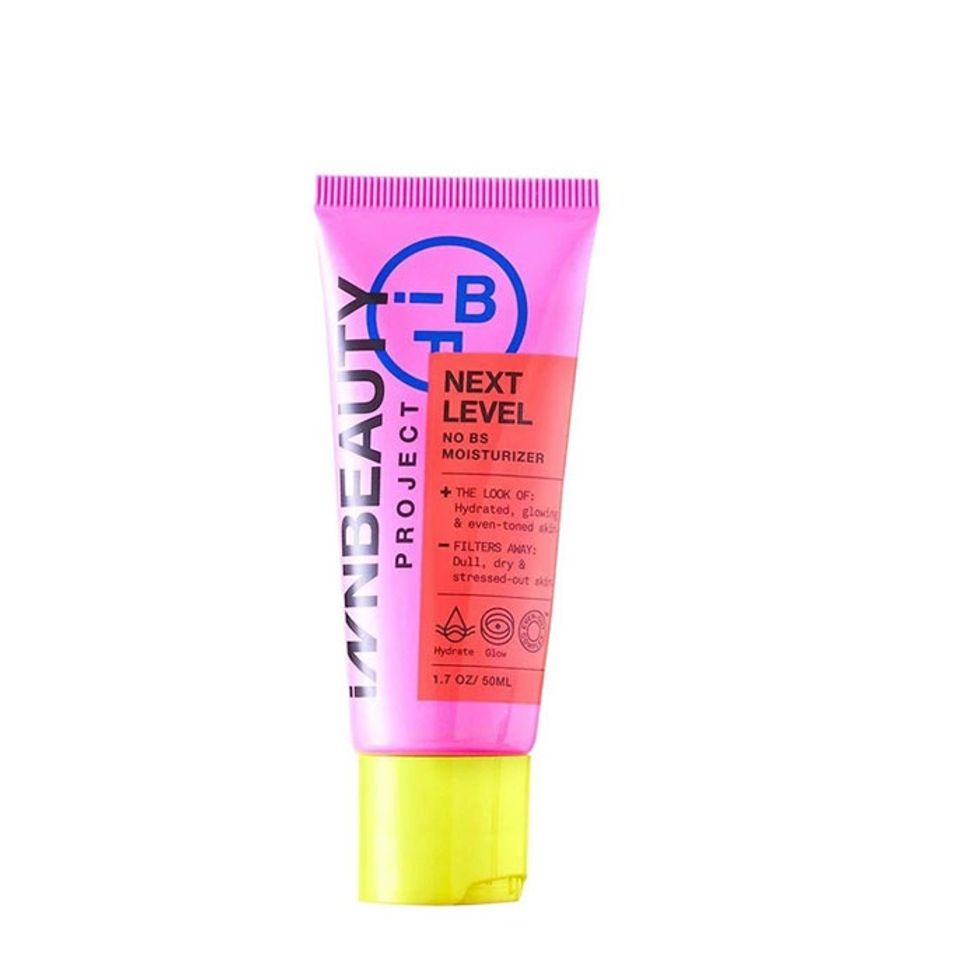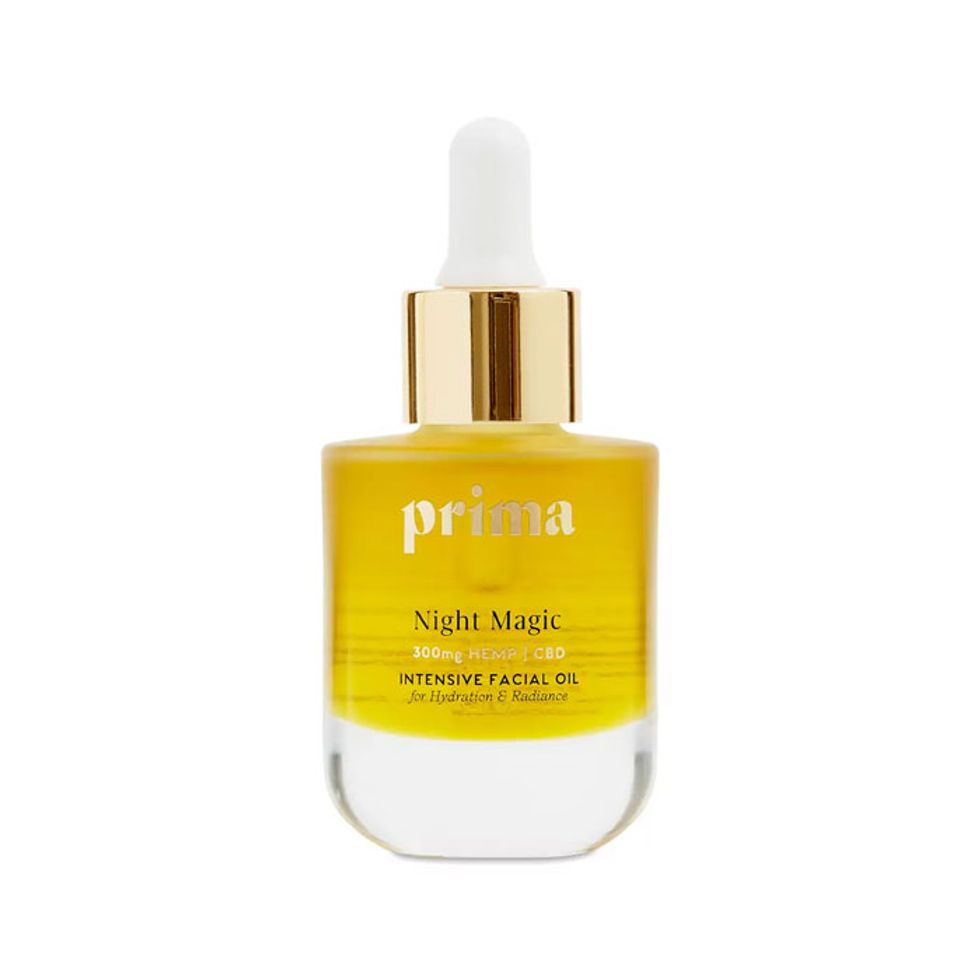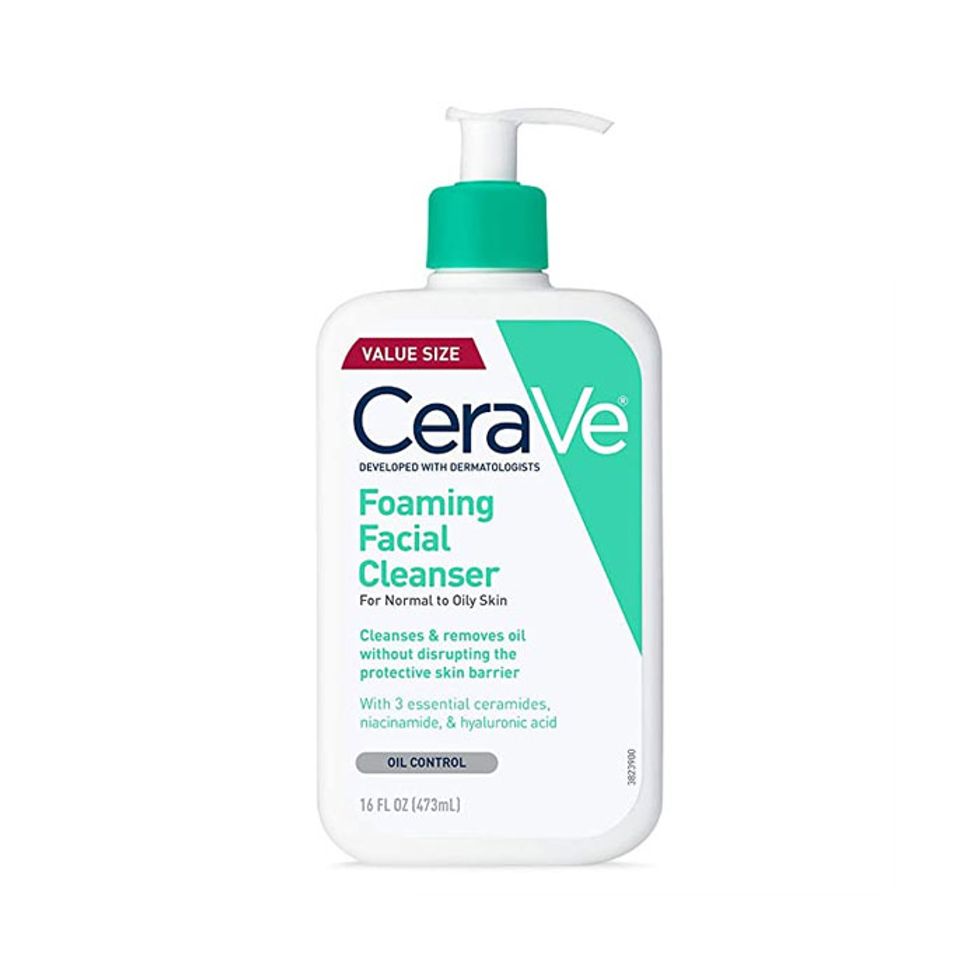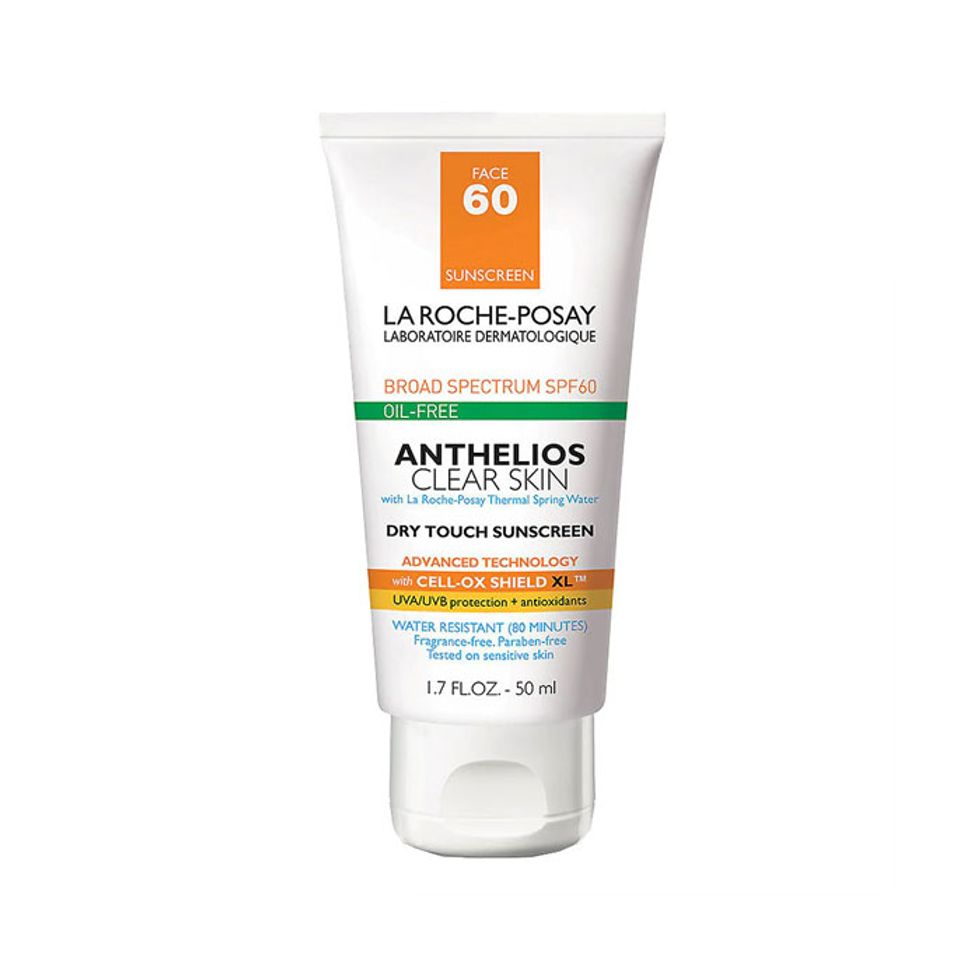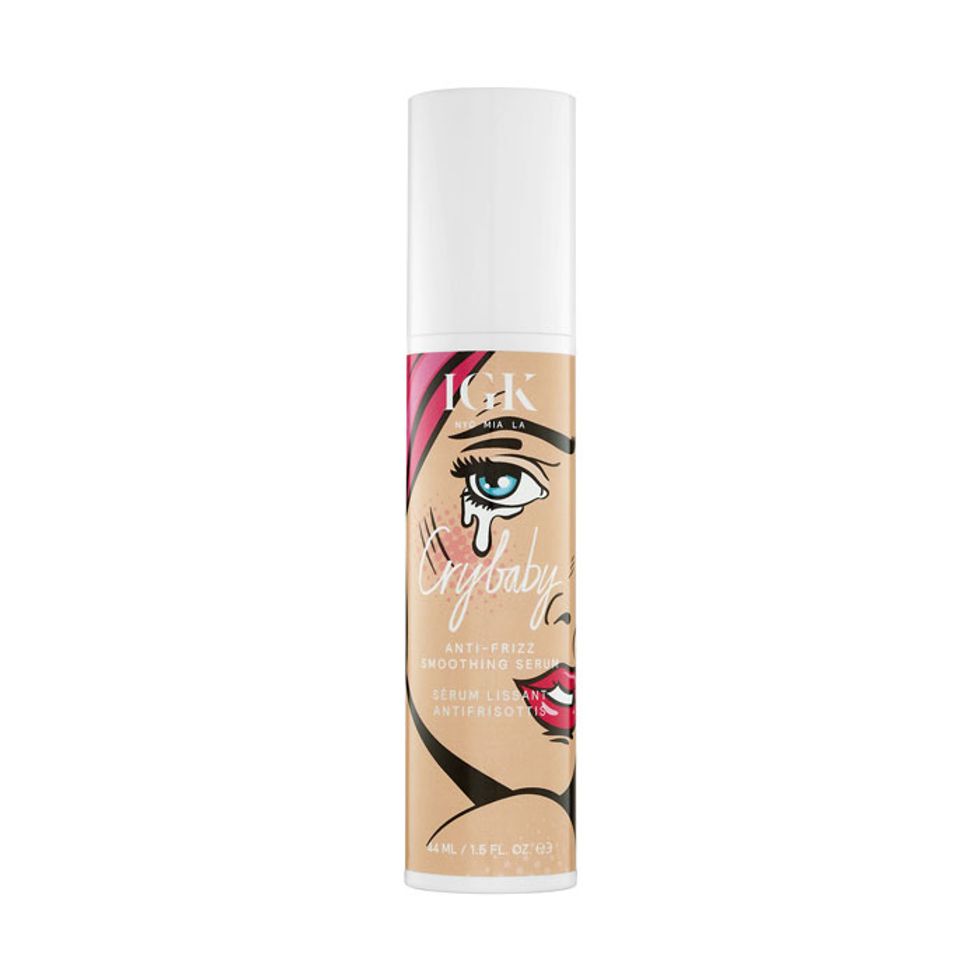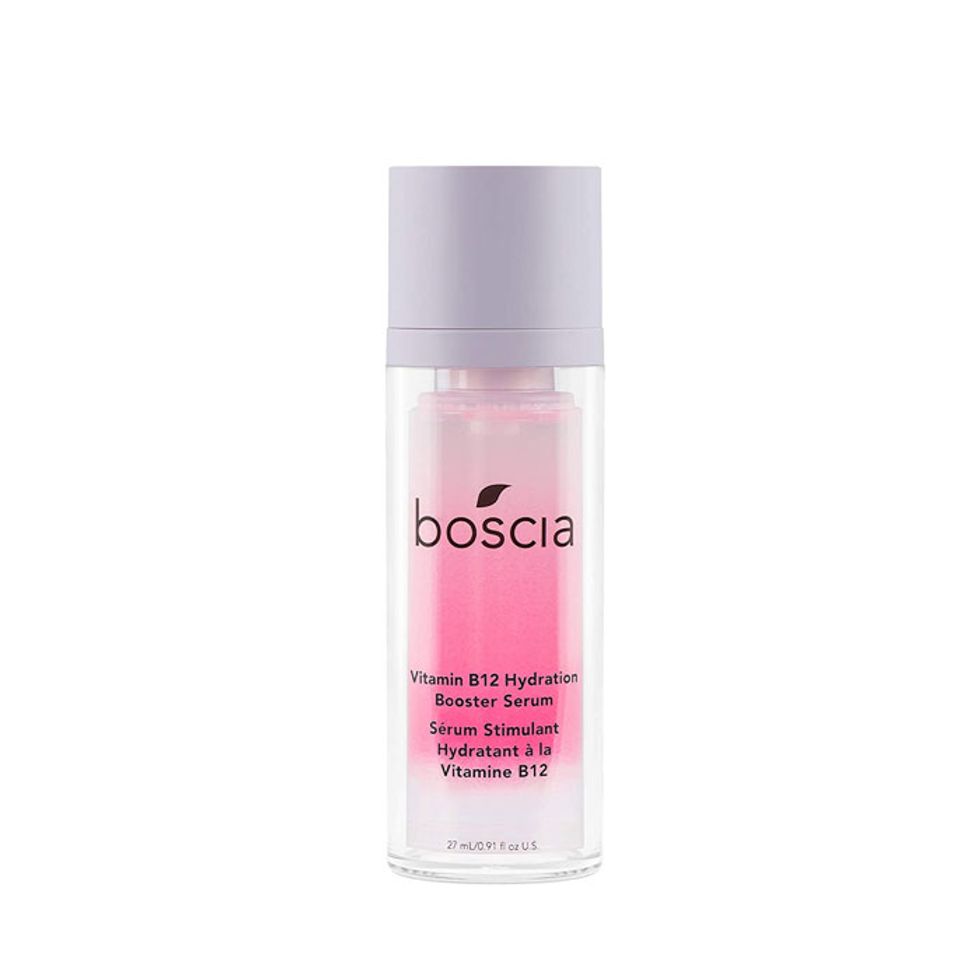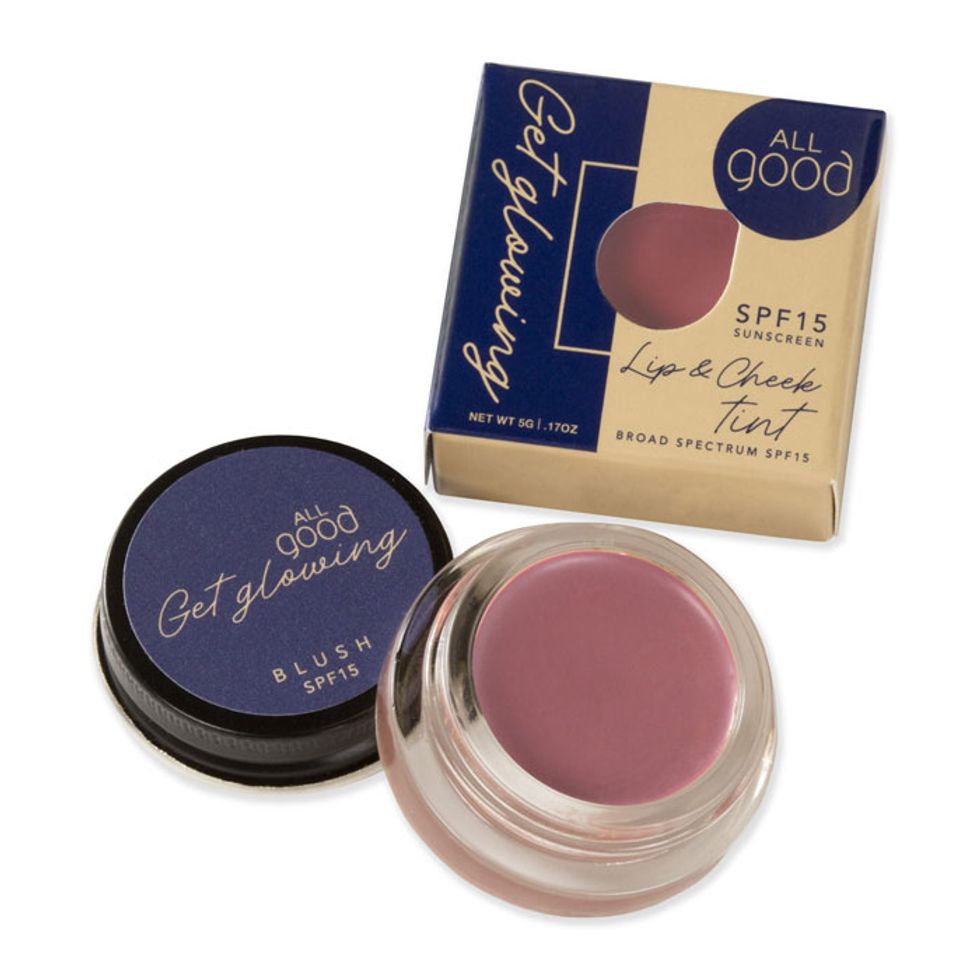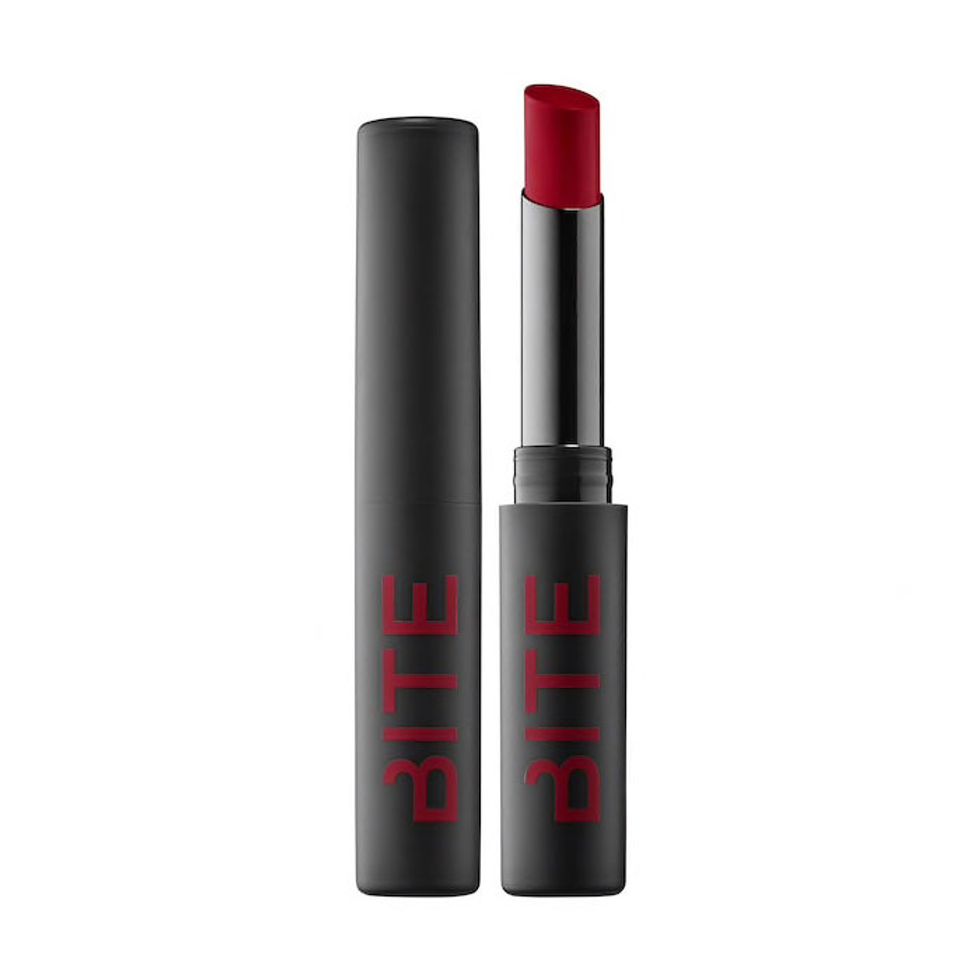How to Define “Clean” and “Natural” Beauty in 2021
We asked the experts to define five of the most common terms in the beauty industry.
25 January, 2021
Beauty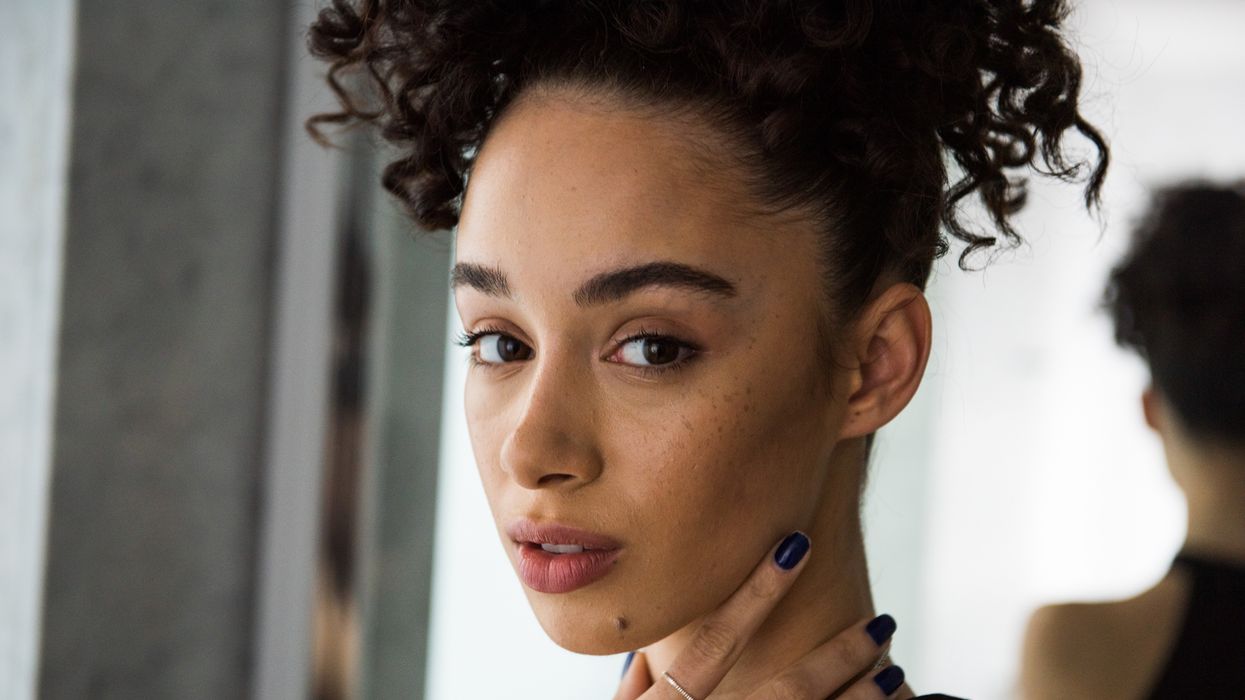
10 November, 2021
As beauty consumers have grown more informed about the ingredients in their products (and whether or not they might be harmful), as well as the environmental damage that comes from non-recyclable packaging, it’s clear that the industry is under more scrutiny than ever. As a result, some brands are starting to shift their focus to address these exact problems. These changes have brought with them an array of new terms, like “clean,” “green,” “natural,” and more, but with limited oversight from the FDA and other governmental bodies, there is quite a bit of confusion about what they all mean. Despite that, the desire for safe, effective, and environmentally responsible products isn’t going anywhere.
“Today’s consumers recognize that what they put on the surface of their skin—be it makeup, skin care, or smeared food—has the potential to pass into their bloodstreams and create lasting effects in their own chemical composition,” says Kim Walls, clean beauty pioneer, award-winning natural products innovator, and the creator of several cause-driven skin-care brands, including the influencer favorite Furtuna Skin. “From hormone balance to allergic responses, what we put on our skin impacts our health. Consumers also realize they are powerful, that how they spend their money can change the course of events in our lives. Their spending will absolutely influence the future health of our world.”
All these terms to describe a product’s formula fall under the umbrella of sustainability, but what exactly distinguishes them from each other? We spoke to beauty industry experts, including board-certified dermatologists, cosmetic chemists, clean beauty activists, and beauty bloggers alike, to find out.
“Today’s consumers recognize that what they put on the surface of their skin—be it makeup, skin care, or smeared food—has the potential to pass into their bloodstreams and create lasting effects in their own chemical composition,” says Kim Walls, clean beauty pioneer, award-winning natural products innovator, and the creator of several cause-driven skin-care brands, including the influencer favorite Furtuna Skin. “From hormone balance to allergic responses, what we put on our skin impacts our health. Consumers also realize they are powerful, that how they spend their money can change the course of events in our lives. Their spending will absolutely influence the future health of our world.”
All these terms to describe a product’s formula fall under the umbrella of sustainability, but what exactly distinguishes them from each other? We spoke to beauty industry experts, including board-certified dermatologists, cosmetic chemists, clean beauty activists, and beauty bloggers alike, to find out.
Clean Beauty
“The idea of clean beauty is good-natured. The reality is that with social media amplifying skin-care talks, fear mongering of ingredients has really aided in the popularity of ‘clean beauty.’ The FDA doesn’t approve cosmetic ingredients, so claims of being ‘clean’ can really be put on anything with no recourse. Synthetic ingredients, lengthy ingredient lists, and chemicals are not all inherently bad. Everything is a chemical! Even water. As time goes on, I hope the marketing push for clean beauty starts to reflect more on the brand’s environmental impact and sourcing ingredients sustainably, rather than framing products as good or bad based on how ‘clean’ they are. They’re using whatever judgment scale they think the consumer would fall for. But with that being said, being mindful of what products you use is still important, but understanding the marketing behind certain aspects is key.” —Mel Lagares, Licensed Esthetician“The clean beauty movement has origins in the larger health and wellness movement, and specifically in the clean-eating trend. People started reaching for whole, unprocessed foods and focusing on labels because we had an increased awareness that diet has implications for our overall health (our immune system, risk for disease). We’re seeing a similar shift in the world of beauty. The consumer is no longer only laser-focused on how a product makes the skin feel or look. People are also considering ingredients, reading labels, and thinking about how particular products impact their overall health and their environment.” —Dr. Whitney Bowe, New York–based dermatologist and Credo Clean Beauty Council Member
Sustainable Beauty
“I’ve seen brands use ‘sustainable’ and ‘green’ interchangeably too, but again, it’s all just marketing. Does it mean they practice ethical sourcing of ingredients and use renewable raw materials? Is their packaging eco-friendly? Do they mean they have a recycling program? We don’t really know the answers to these unless brands reveal their business practices—and most don’t. So in reality, it’s just a label with no real meaning unless a brand is transparent about its practices.” —Lalita Iyer, Cosmetic ChemistVegan & Cruelty-Free Beauty
“Simply put, cruelty-free means a product hasn’t been tested on animals,” explains Jessica Kilbury, a vegan and cruelty-free beauty blogger. “This includes the ingredients down to the final product. Vegan means a product has no animal byproducts in it such as beeswax, carmine, et cetera. A product can be cruelty-free and not vegan, and vice versa. A lot of cruelty-free products still contain animal byproducts.” Her claims are echoed amongst industry professionals like Dr. Corey L. Hartman, MD, FAAD, founder of Skin Wellness Dermatology in Birmingham, Alabama, who says, “Vegan beauty is more closely associated with green beauty. Generally, vegan beauty puts the focus on whether or not the ingredients were sourced or tested on animals in any form. To put it plainly, vegan beauty means the absence of animal ingredients. Common non-vegan ingredients found in beauty products include beeswax, glycerin, honey, lanolin, and tallow. This is sometimes confused with cruelty-free beauty, which refers to products that are not tested on animals. It is possible for a vegan item to have been tested on animals and for a cruelty-free product to contain animal ingredients. Are you confused yet?”Yes, to say the least. So, knowing all this, how can consumers truly find products that are both vegan and cruelty-free, products that may align with their values? For starters, they can look to people like Tashina Combs, a cruelty-free beauty blogger and YouTuber who does extensive product research for this exact reason. “This is why I focus on vegan products from cruelty-free brands—to show that we don’t need to use animals anywhere in our beauty stashes!” she states.
Organic Beauty
“Organic beauty may theoretically carry the most weight, since USDA-certified organic beauty products have to be certified by an accredited agent. In other words, any product with that certification is made from ingredients that were produced, handled, and packaged to a certain standard. So organic beauty can carry the most meaning, but only when it comes with an official certification.” —Dr. Corey L. HartmanGreen & Natural Beauty
“Of all of the terms discussed here, ‘natural’ is the least regulated of them all. Any company can claim ‘natural’ on its label. It is probably the least powerful of the bunch,” says Dr. Hartman. Dr. Sheila Farhang, board-certified dermatologist and founder of Avant Dermatology & Aesthetics, describes this term as the “most ambiguous” and that products with this label are often “made without known irritating and controversial chemicals such as parabens and sulfates, or formulated with botanicals and/or well-sourced (and ethical) ingredients.”The Push for More Clarity
Knowing all this, where and when can we see genuine industry regulation and substantial change brought on by the FDA? This is something that clean beauty activists like Jessica Assaf have been working on for years. “It’s been the highlight of my career to watch ‘clean beauty’ shift from niche and understated shelf space to the cornerstone and future of the entire beauty industry,” she says. “For the past decade, I’ve advocated for stricter regulations and quality standards that protect consumer health in an industry that is largely unregulated. In 2005, as a teenage activist in Marin County, California, I lobbied for legislation (SB484) that would require premarket safety testing and approval of products before they hit the shelves, and in the past decade I’ve also observed forward-thinking brands choose to self-regulate and redefine ‘clean’ as a precautionary act to protect consumer health and safety.”
So how has the general ambiguity of these terms influenced the beauty industry in general and consumers’ perception of products and the beauty ideologies they buy into? “The ambiguity of terms in the beauty industry is directly related to the ambiguity of our governing bodies,” says Kim Walls. “Our regulations are outdated, insufficient, and essentially force brands to be misleading—or at least unclear—in many ways. Beauty industry marketers perform somersaults trying to figure out how to tell consumers the true benefits of their products without crossing over regulatory boundaries.”
Where does that all leave us as conscientious beauty consumers? And what will the “clean beauty” industry look like in five years or so? According to Walls, “If Covid has shown us anything, it is that no one can successfully predict the future. We will always have unknown factors to push our boundaries. Beyond about two years, I think people who predict things and get it right are just lucky. Many people want to believe that the products they use to make themselves look and feel better won’t hurt them at the systemic level. In my book, that should be true. Data to help us make smart choices is now more widely available, but so is social media hype. Resources like The Good Face Project are the best place to double-check safety and compatibility with your own body.”
She goes on to explain that in the coming years, we will be able to identify and isolate the specific health benefits of plant nutrients, especially their phytochemical potential (aka their chemical structures). That means heightened effectiveness for the products you’re buying. There will also hopefully be more clinical proof to back up product claims, rather than brands continuing to rely on historical data. “I’m excited about the fact that our scientific methodologies are developing quickly so we can quantify the wisdom of the ages, finally proving (and sometimes disproving) much of what our ancestors already knew,” she says.
It’s safe to say that when it comes to finding products that accurately represent these umbrella terms, it's wise to do your own research and listen to those that have accredited beauty authority in one regard or another. The beauty industry is vast, but being an informed consumer is your greatest tool for finding the products that work the best for your skin, hair, and nails.
Want more stories like this?
What Exactly Is Vegan Collagen—and How Can It Benefit Your Skin?
Wait—Did Your Favorite Fragrance Already Expire?
The Truth about Essential Oils in Skin Care
